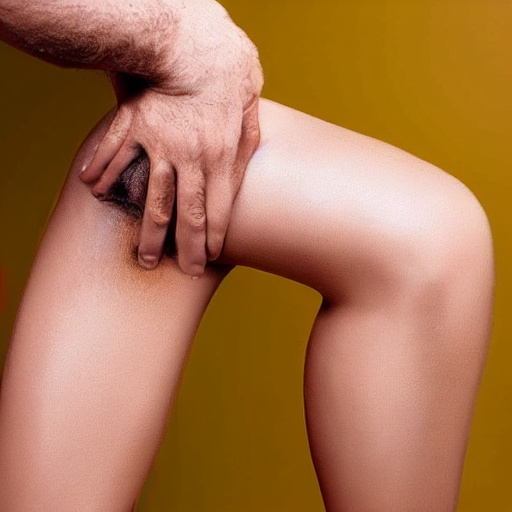
AI D-generated Images, 2024, Concept-Website, D.N.K. FILOART
AI D-generated Images
These images, made during the search for specific thematic prompts, evolved unexpectedly, resulting in depictions that deviated from the original themes and instead presented deformed representations of body parts or bodies merging with other objects.
The outcomes of these AI experiments might be seen as random deviations from the initial intent, yet they shed light on the intrinsic qualities and unpredictability of artificial intelligence in creative processes. Historically, artists and theorists have valued the role of chance and the unconscious in artistic production. Consider, for example, the Surrealists who utilized techniques like écriture automatique or random collage to access deeper psychological states.
The images generated by the AI without clear guidance regarding the original theme are within this tradition. They may reveal a kind of ‘artificial unconscious’ shaped by the underlying algorithms and datasets. The seemingly random generation of deformed bodies and the merging of objects could be regarded as a digital mirror reflecting deeply embedded cultural, aesthetic, and symbolic notions hidden within the training datasets.
The decision of the D.N.K. FILOART not to discard these images but to present them as AI-generated artworks is significant in expanding the discourse on the boundaries between the artificial and the organic, between intention and chance in art. By showcasing these works, they challenge us to reassess and question the possibilities and limitations of AI in art production and to consider how this technology influences our notions of creativity and aesthetic value.
Classifying and exhibiting these images as artworks creates a framework in which viewers are invited to contemplate the role of the creator – human or machine – and the authenticity of creative expression. They confront us with questions about the autonomy of art, the aesthetics of chance, and the significance of human intentionality in a time when algorithmic processes are increasingly integrated into our everyday lives.
In an era where the interfaces between human and machine are becoming increasingly blurred, the AI-generated images by the D.N.K. FILOART offer an important perspective on the future role of art and raise fundamental questions about the nature of creativity and the essence of the creative act itself.